Both service size and compact Glock pistols offer good control and accuracy potential in .40 caliber.
Over many years of research, I have learned a few things concerning wound ballistics. Among these truths is that only actual damage counts for anything. The wound potential of a cartridge depends upon the level of penetration of a bullet and the expansion, if any, of the projectile. Larger bullets make bigger holes. Coupled with the constant of adequate penetration, a larger caliber always has more potential to do damage, cause blood loss, and shut down the adversary’s body.
The only repeatable and verifiable means we have of gauging wound potential is by studying the effects of a bullet in artificial media. So-called stopping power studies involving secret sources and anonymous reports have a validity of zero. The standard of evidence required in traffic court would not allow their admission.
Historical evidence is also compelling when well documented. It is no secret that the .38 Special revolver was replaced due to a lack of wound potential and lack of ammunition reserve. Many of the 9mm pistols issued to replace the .38 were excellent handguns, but others were not. Hit potential actually fell in many agencies. Wound potential and results with the 9mm were often worse, not better, than with the .38. Load development and improved handguns have changed the landscape.
Author believes .40’s performance is more like the .45 than the 9mm. Left to right: 9mm, .40 and .45.
Table of Contents
HANDGUN/CARTRIDGE COMBINATIONS
A great deal of development has gone into police handguns and cartridges during the past 30 years. Among the most successful handgun and cartridge combinations have been the .40 Smith & Wesson cartridge and Glock Model 22 handgun. This handgun has proven reliable in service and the cartridge has proven as effective as a handgun cartridge is likely to be.
Handguns are not very powerful compared to a rifle cartridge, with the “weak .38” and “strong .45” more alike than different when compared to any rifle. Just the same, the .40-caliber handgun has demonstrated good to excellent all-around results. The question of control has come up from time to time, but in my experience it relates primarily to subcompact pistols.
Author feels comparison to .357 Magnum is valid. Like the .40, the Magnum is at its best in service-size handguns.
The .40 is much less popular than the 9mm or .45 among civilians compared to the .40 caliber in police issue. My perception is that individuals using the Beretta, Smith & Wesson and Glock service-grade and other service-size platforms in .40 caliber have done well, while those using subcompact pistols have not.
The Glock 27 and compact XD pistols in .40 caliber are often too much pistol for most shooters to handle the recoil in rapid fire. For female shooters, the recoil can be startling. We know the subcompacts are difficult to manage with this high-intensity big-bore cartridge. But what about service-size pistols?
Beginning with the compact Glock 23 size pistols, the .40-caliber Smith & Wesson offers a manageable system. The same might be said of the SIG Sauer P229 .40. I used the Glock 23 .40 and Glock 19 9mm in this report because they are available and widely issued.
Winchester offered the original .40-caliber load. Current offerings exhibit good performance.
The goal of the .40 wasn’t to produce a weapon that is as controllable as the 9mm, because we had the 9mm. The goal was to offer superior wound ballistics. The .45 ACP is always an answer, but the size, weight and perhaps more importantly grip width of full-size service-grade .45 ACP pistols was deemed too much.
A Federal-level study some years ago concluded that a service handgun with a weight of over 35 ounces becomes too heavy for constant carry. I agree, and the Glock 22 .40 is an example of an ideal mix of light weight, control, and excellent wound ballistics.
The .40 offers good wound ballistics, as I will illustrate, and also good control, as I can demonstrate. I am not interested in comparing the .40 to any other cartridge. Larger calibers are more, smaller calibers are less, and the laws of physics apply. But in my opinion, some arguments against the .40 simply do not hold water.
A .40-caliber Hornady bullet after stringent FBI protocol testing.
POWER FACTOR
Some time ago, a power factor (PF) was developed to compare handgun calibers. It has been used as a rating for Major and Minor rules in competition and also to gauge the suitability of a handgun for personal defense. The weight of the bullet is multiplied by the velocity and then divided by 10,000 to come up with the PF. For example, a 200-grain bullet at 1,000 fps would have a PF of 20. While the PF doesn’t consider weapon weight, it is useful to compare the recoil of various cartridges.
Many shooters feel that a PF of 20 is the upper level at which a shooter can control a handgun well. A PF of 15 to 17 is better for accomplished shooters. The PF figures in the table on page xx are for loads fired in two Glock handguns and a SIG P220 Carry Elite.
Campbell prefers .40 Speer Gold Dot, which clearly offers impressive performance.
The difference in recoil between the 9mm and .40 does not reflect a considerable difference in control with a trained shooter. During the evaluation of the .40-caliber Glock 23 by several interested students, none felt the pistol wasn’t controllable when service loads were used. Sometimes recoil and report mean you are firing a powerful cartridge. It must be controlled with proper technique.
Although I regard larger calibers as superior, when you consider the balance of expansion and penetration in the .40 S&W cartridge and the frame size needed to contain the 10mm or .45 ACP cartridge, there is a consensus that perhaps the .40 is the ideal cartridge and the larger calibers may represent a point of diminishing return. Certainly control, magazine capacity, and compactness favor the .40-caliber handgun.
The .40 caliber cartridge offers plenty of power in a relatively compact package.
TESTING
For wound ballistics info, I relied upon Speer and Federal Cartridge Company for company-generated gelatin results. Next I performed my own testing using water jugs. These jugs are six inches wide, making measurement of dimensions reasonably valid for those of us without access to gelatin and wishing to test a loading that does not have factory gelatin results.
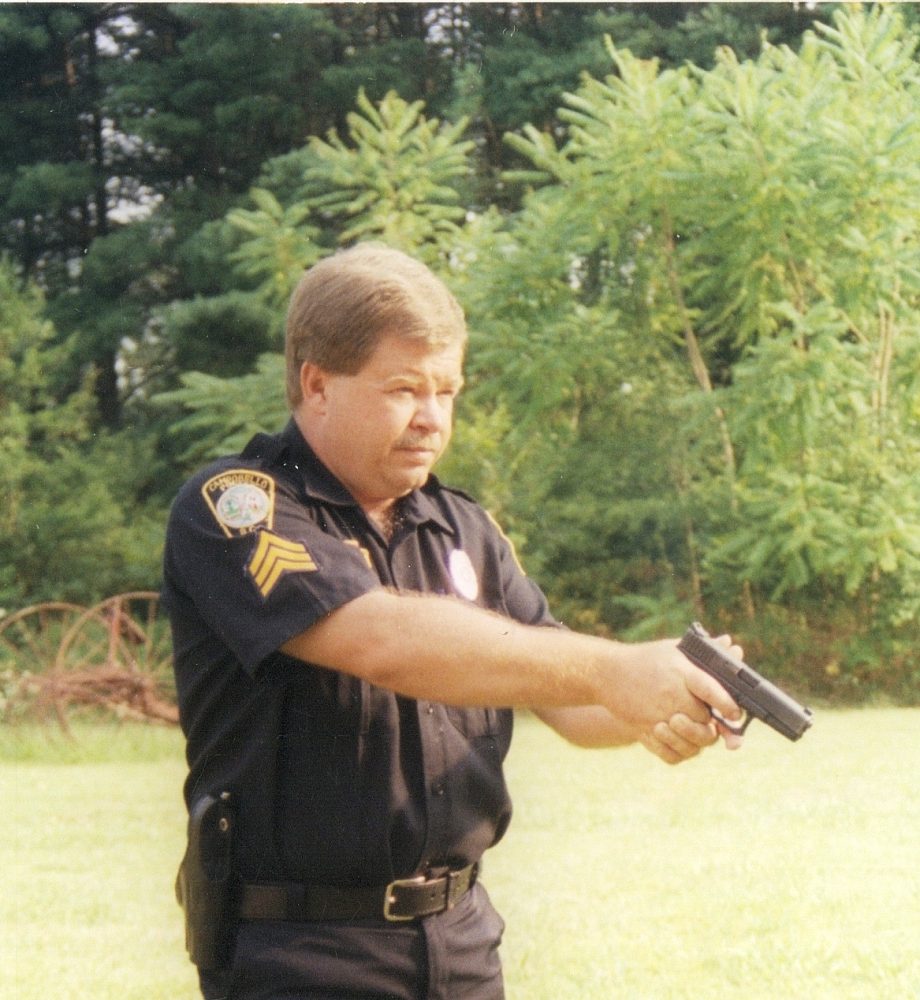
Perhaps you wish to check if your duty load offers good performance in a compact or sub-compact as well. Although not as precise as gelatin, expansion is often in the same ballpark as factory results. In any case, gelatin isn’t a human being, and water is simply a means of comparison.
I think that the .40 performs as designed, penetrating to an ideal level while maintaining good expansion. The .40 is also more consistent from load to load as far as results go, while the 9mm may run a deviation in penetration from seven to 14 inches, per my testing.
Until the laws of physics are revoked, the .40 will remain an excellent all-around choice for duty and personal defense use. I also believe the .40 is a cartridge well suited for service-grade handguns but not as well suited for sub-compact pistols. The same is true, in my opinion, of the .357 Magnum revolver cartridge—another effective cartridge that isn’t at its best in handguns too light for the cartridge.
The .357 Magnum, like the .40 Smith & Wesson, has been criticized for high recoil and excess wear on weapons, but never for a lack of effect on target. Each is controllable in service-grade handguns.
The .40 is a good caliber and handgun combination. There should be a very compelling reason to change to the 9mm or the .45.
Bob Campbell writes in the firearms, personal defense and outdoors fields, with several thousand published articles, columns and reviews, and ten books. Bob holds a degree in Criminal Justice and has more than 30 years’ police and security experience. He has trained hundreds of shooters, including police and military.


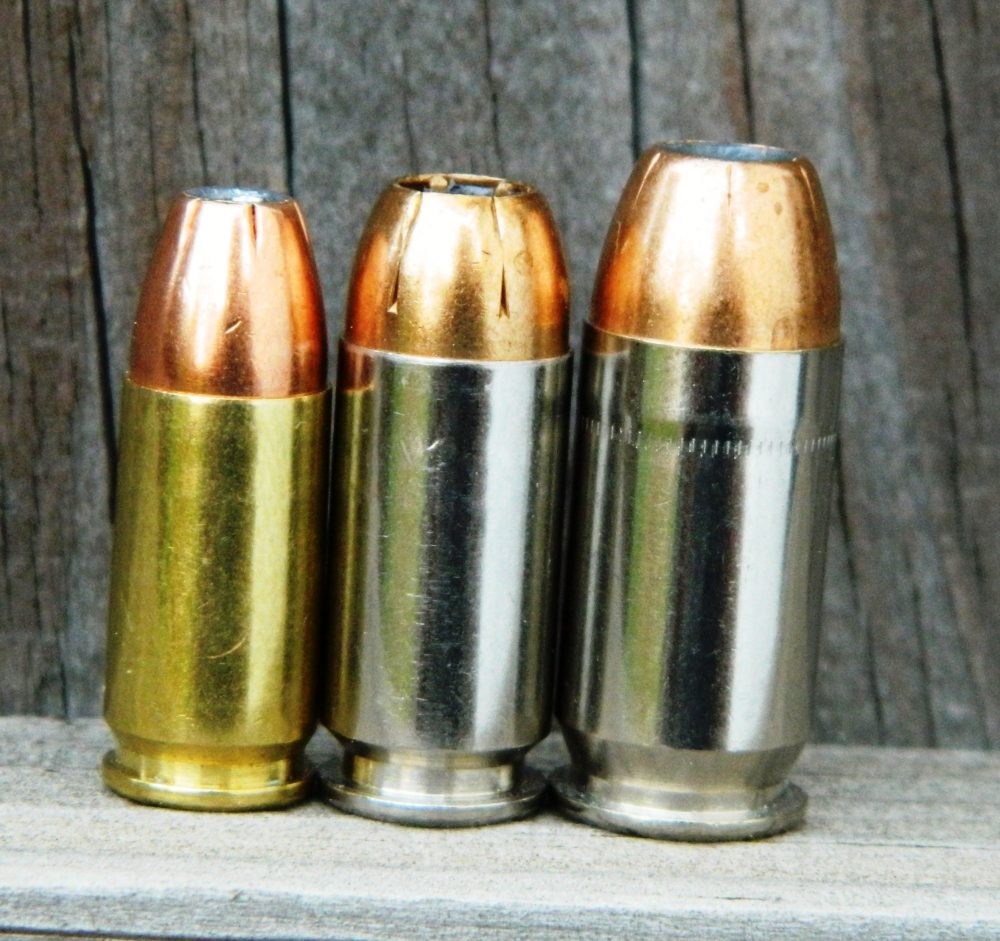

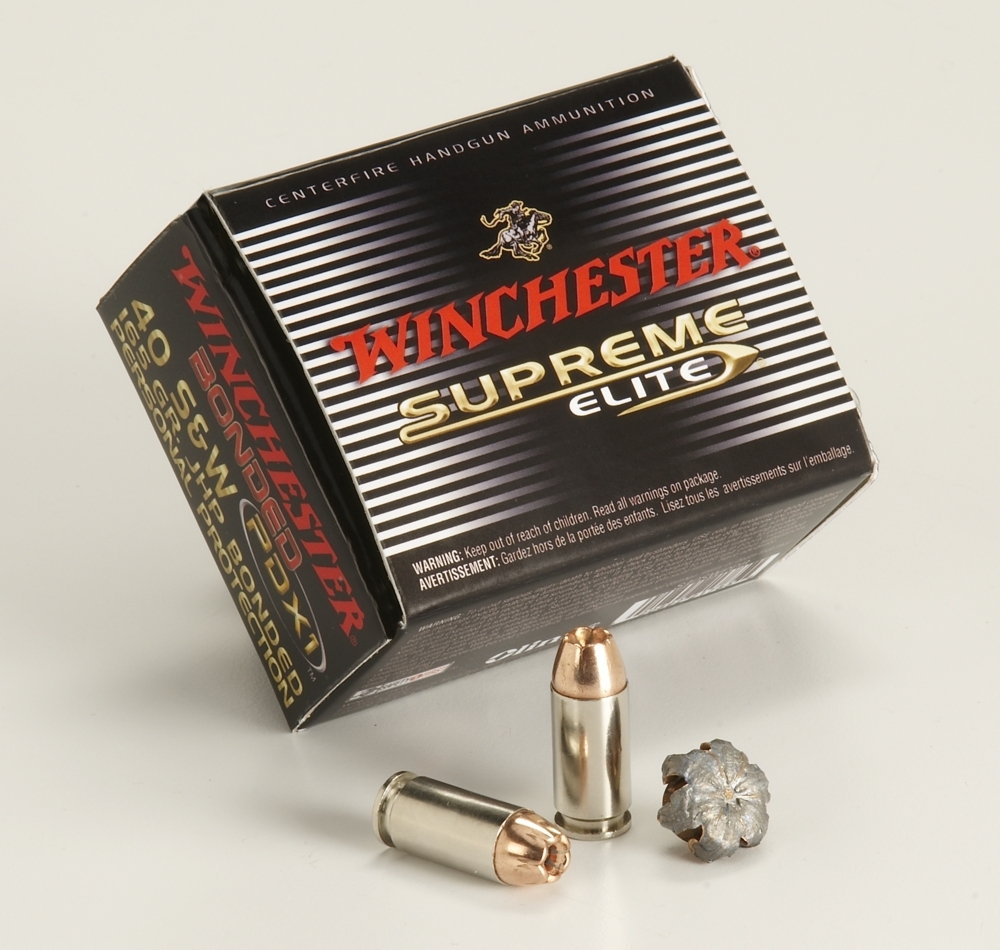






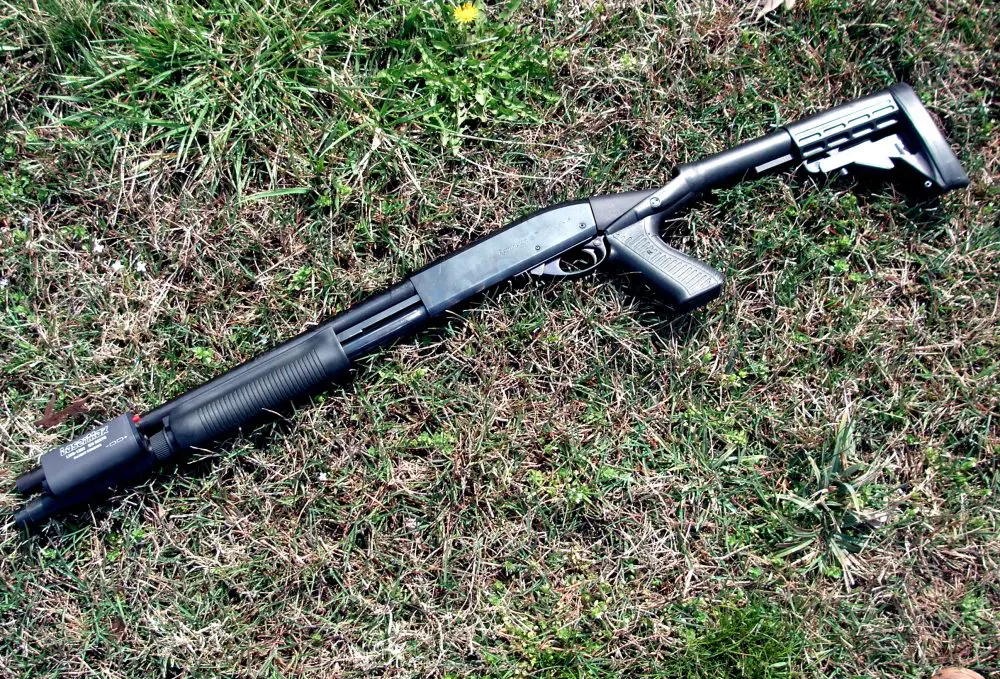

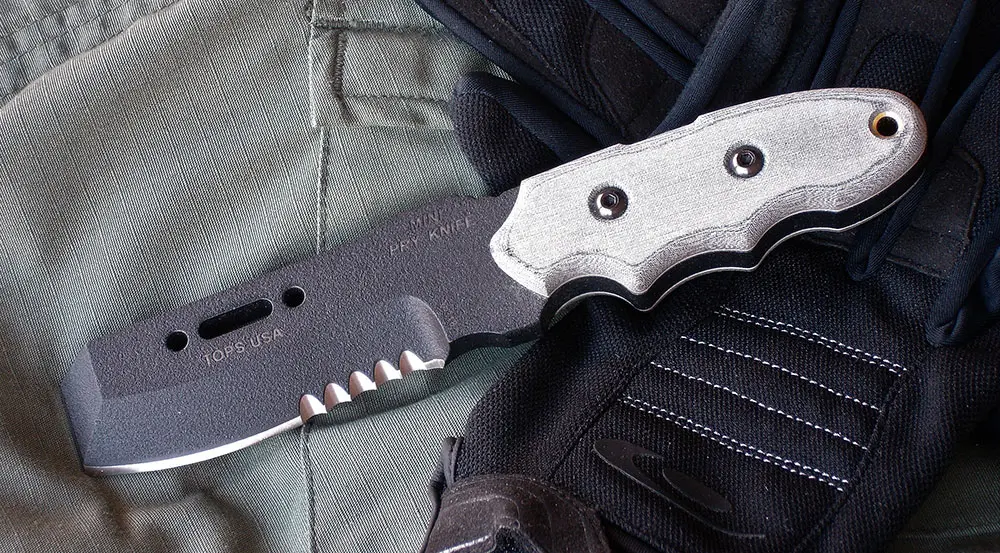
1 comment
Sorry about all caps—a Glitch is causing this—I’ll proceed:
Excellent article and perspectives, and I largely agree with your conclusions. However, now in the year 2022, with the advancement in pistol designs by Springfield armory, the HDM series is in my opinion and the opinion of others, a superior platform to the Glock platform.
Grip size in ..45 as well as 10mm is MEASURABLY and Perceptively smaller and more ergonomic on the Hdm compacts and service-size pistols.
Also, controllability of 10mm in THE xdm elite 3.8-inch barrel version of the xdm is astonishing, not to mention in .45 acp versions, as well. Where the Glock .45 grips are perceived as blocky and feel like you’re trying to grip a 2×4, the xdm grip in both .45 and 10 is not the case.
That SAID, Let’s not overlook the power factors and WOUNDing SUPERIORITY OF FEDERAL HST 10mm as well as the hst .45 +P.
All in all, the xdm lineup must be factored in, and in light of a 10,000-rd torture test, has proven itself as being worthy of a much closer look.